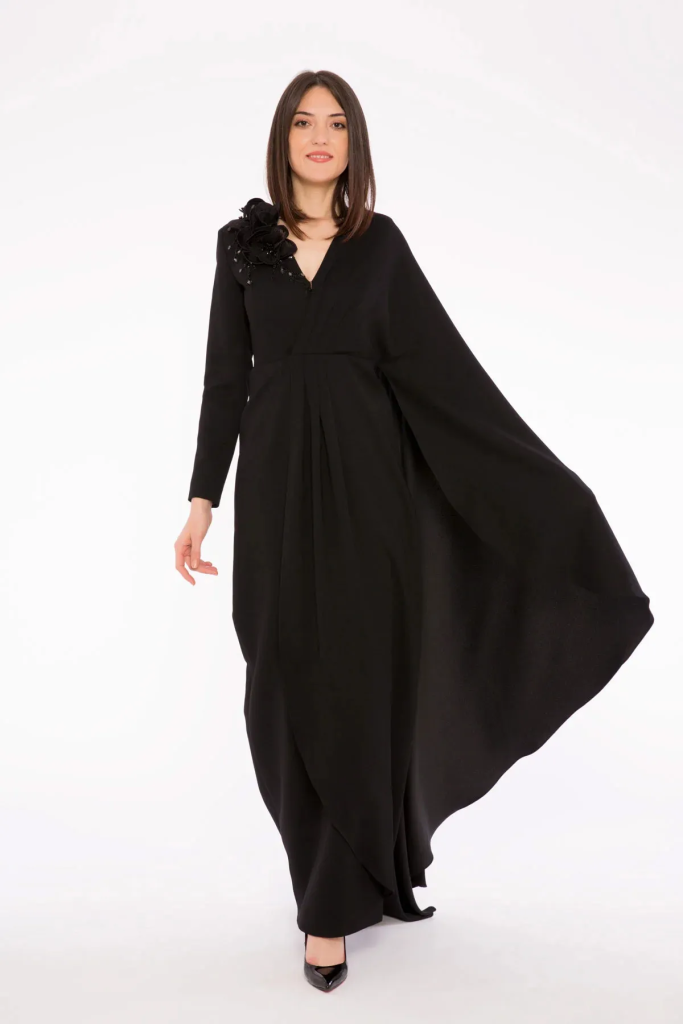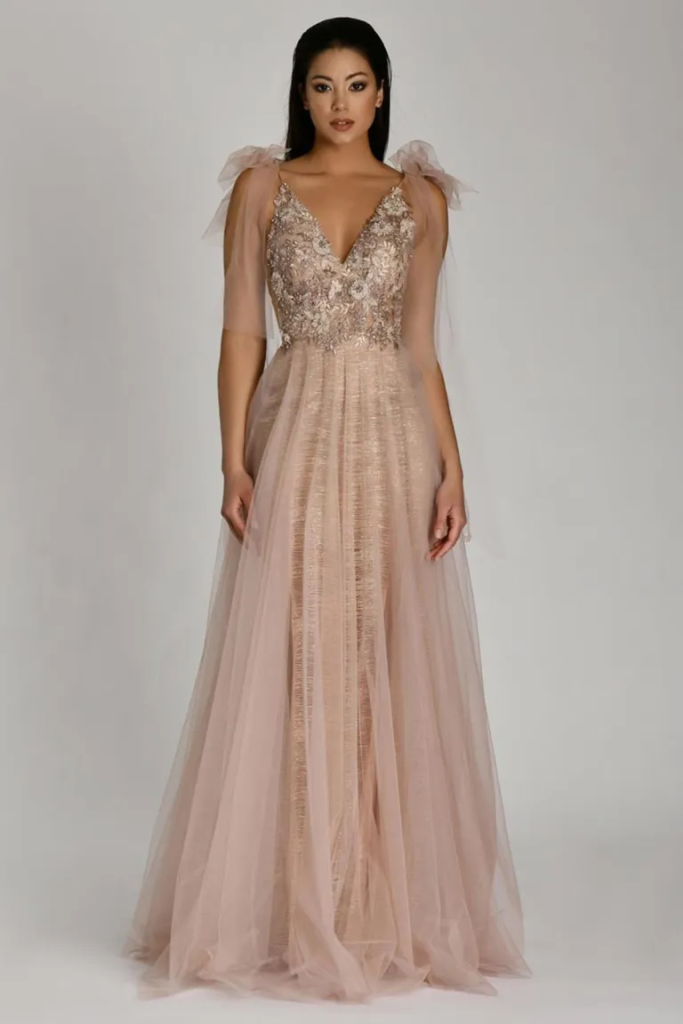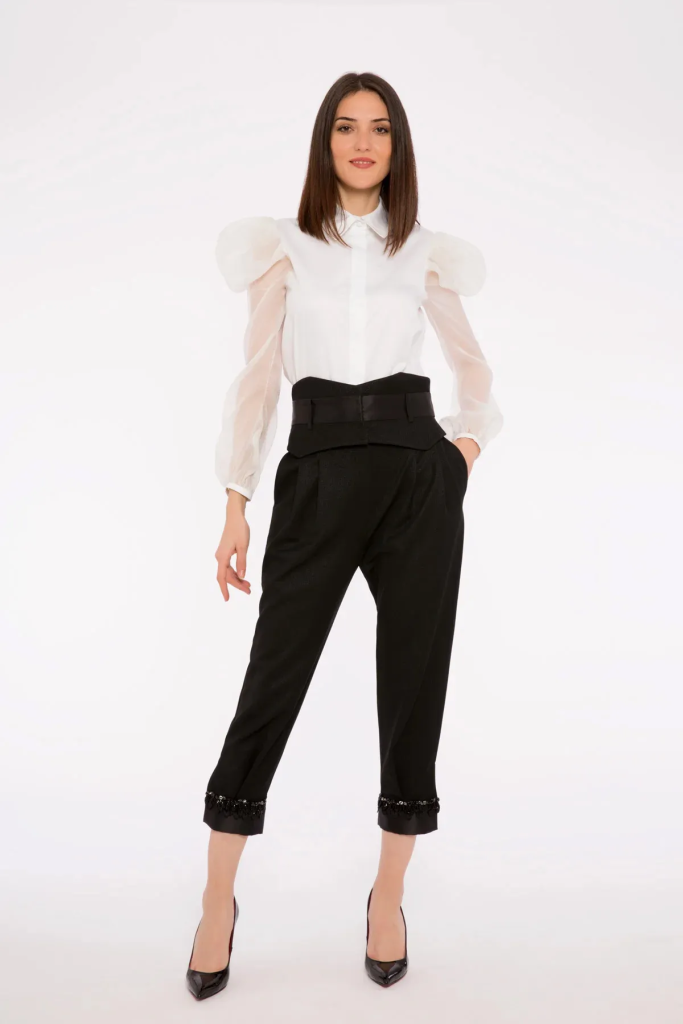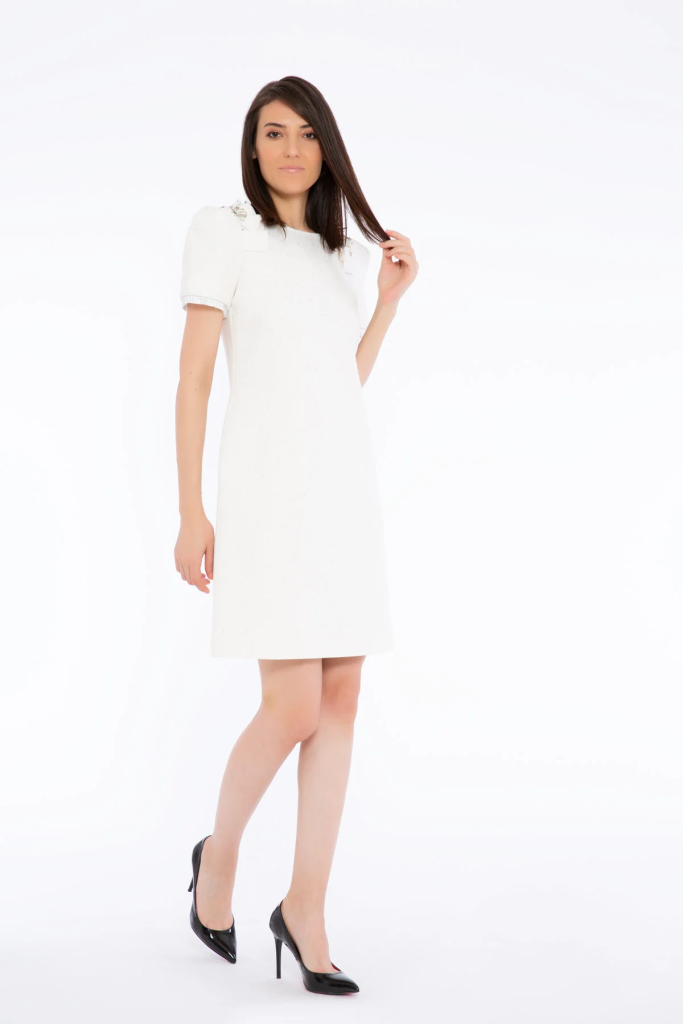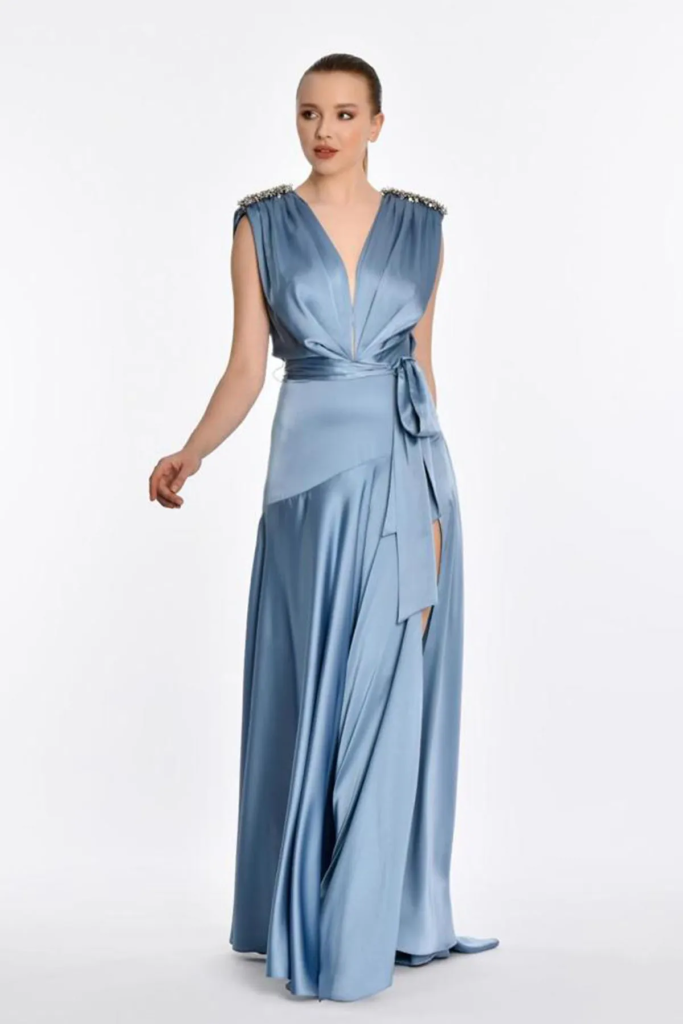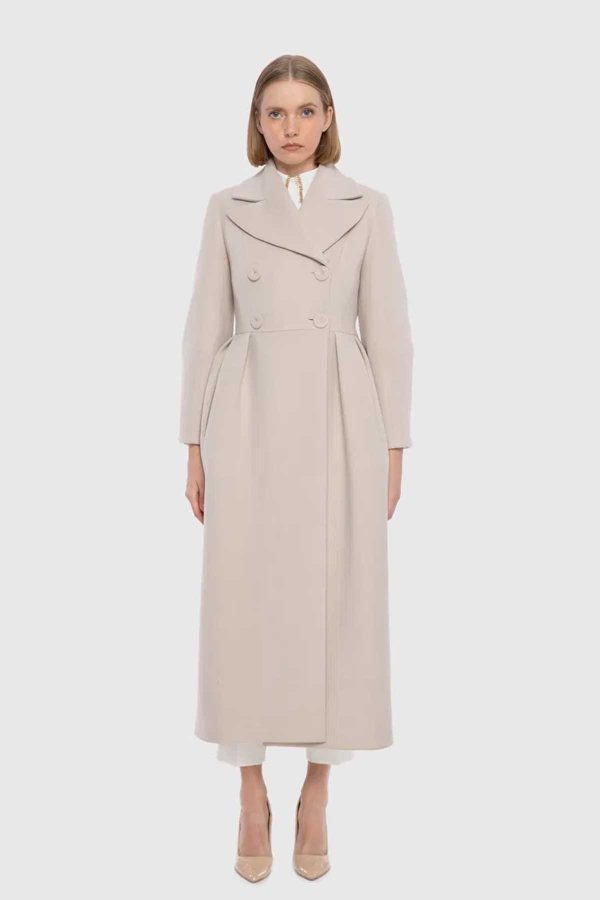Every year, new fashion trends emerge in the fashion industry, which is continuously developing.
Fashion brands constantly strive to remain ahead of the competition by creating creative and fashionable designs that appeal to customers. In this article, we will talk about the Future of Women’s Fashion.
Table of Contents
Clothes will function as a new interface – Mano ten Napel
Mano ten Napel, a Dutch fashion expert, believes that clothing will serve as a new interface in the future.
This means that how we dress influences not just how we seem but also how we interact with technology and other people. This is a critical component of the fashion industry’s future projections.
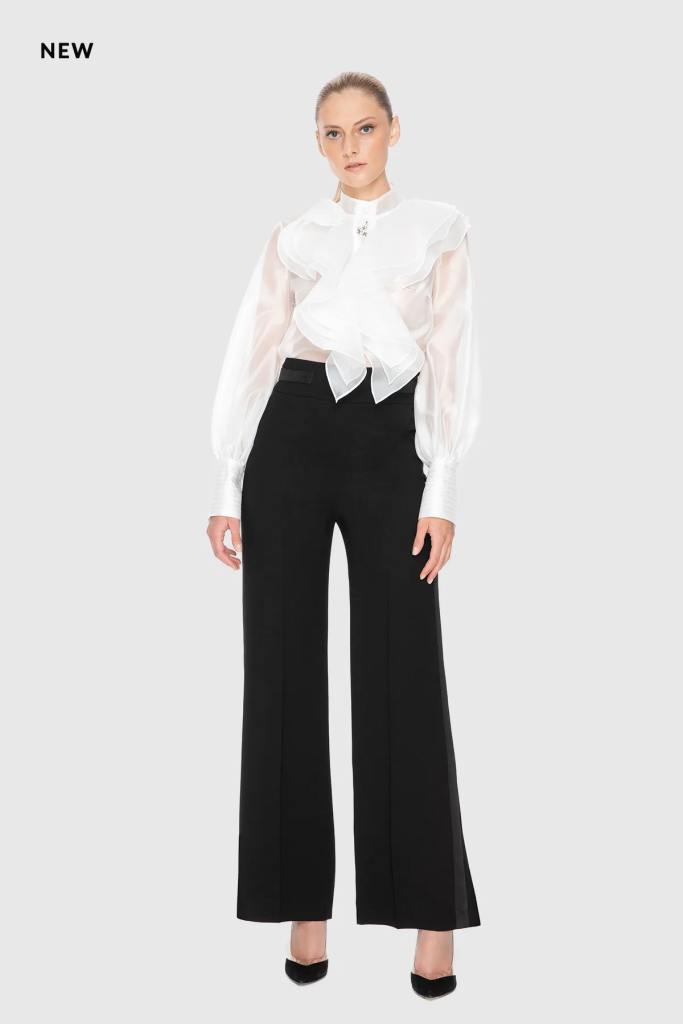
Napel believes that technology and sustainability will drive future fashion trends and that fashion firms will embrace innovation to provide clients with a new experience.
One example is the continued denim craze, which is becoming more sustainable thanks to emerging technologies like recycled denim and organic cotton.
Therefore the future of fashion will be a synthesis of fashion and technology, with clothes serving as a new interface for engaging with the world around us rather than merely as articles of clothing.
New season styles revealed
The fashion landscape has altered dramatically in recent years, but New York Fashion Week remains one of the industry’s most essential events.
The latest trends for the season were revealed during New York Fashion Week, and fashion companies are displaying a combination of opulent and rich looks. Cargo pants and leather skirts are particularly fashionable this season, while leather pants and jackets remain classic.

High-waisted pants and cargo bags are also popular this season. Fast fashion is becoming more popular due to the digital world’s influence and online purchasing, although many buyers still choose high-quality and lasting items.
Overall, the new season’s designs represent today’s fashion world’s continually shifting trends and different client tastes.
Rental Service and Second-Hand Fashion for a Lower Carbon Footprint
Renting services and secondhand markets have become key trends in the fashion industry in recent months.
These two trends significantly reduce the fashion industry’s carbon footprint by minimizing the demand for new clothing.
The rental economy is one of the significant trends of the future and is particularly popular with younger consumers.
Numerous designers, like Tory Burch, Ralph Lauren, and Carolina Herrera, follow this trend by allowing buyers to rent clothing for a limited period rather than purchasing them.
This minimizes the carbon footprint and will enable consumers to enjoy fashionable items at a lower cost.
Second-hand marketplaces have grown in popularity in recent years.
Clothes purchased from secondhand stores or online marketplaces such as Poshmark and ThredUP frequently have a longer lifespan and are not discarded.
This eliminates the demand for new clothing and helps reduce the fashion sector’s carbon footprint.
The rental economy and second-hand apparel are expected to boom next season since these two trends are increasingly essential in the fashion business.
Designers and businesses are expected to pay more attention to these trends in the future, developing items that are easy to reuse or rent out.
In 2023, the Fashion Industry Can Return to Growth
In 2023, the fashion industry can return to growth as changing category landscapes, new digital frontiers, and advances in sustainability continue to present opportunities.
Some trends and developments could indicate that the fashion industry will grow in the future.
The altering category landscape is a significant development. This means that specific categories, such as sportswear or streetwear, are getting more popular while others, such as formal attire, are becoming less popular.
As a result, businesses that alter their product offerings appropriately may find more success.
Another critical element is continuous digitization, which continues to provide prospects for the fashion industry.
Businesses may leverage digital technologies like 3D printing and augmented reality to differentiate themselves and make their goods more unique.
Another problem that is growing increasingly significant and will continue to do so in the future is sustainability.
Businesses that prioritize sustainability and environmentally friendly production have the opportunity to differentiate themselves from competitors and present their products as more environmentally friendly.
Nonetheless, there are several indicators that the fashion business will continue to provide possibilities in the future.
Future Fashion: Reduction of the CO2 Footprint
The fashion industry is responsible for a considerable share of greenhouse gas emissions, owing to the usage of fossil fuels in apparel manufacturing and resource waste.
As a result, reducing the carbon footprint of the fashion business is critical to addressing climate change.
The fashion industry may lower its carbon impact in numerous ways:
Sustainable materials:
such as organic cotton, recycled polyester, or Tencel, may significantly reduce the carbon footprint of clothes.
Lowering transportation emissions:
The fashion sector may decrease its carbon impact by streamlining supply chains and promoting local suppliers. This minimizes emissions caused by transportation and logistics.
Energy-Efficient Manufacturing:
The fashion industry may save energy and lower carbon emissions by employing energy-efficient production processes and renewable energies such as solar and wind power.
Circle Economy:
Transitioning to a circular economy, in which clothing is recycled or repurposed at the end of its lifespan, may dramatically reduce the carbon footprint of the fashion sector.
Changing customer behavior:
Consumers may also help to reduce the fashion industry’s carbon impact. For example, you may promote purchasing more sustainable apparel and make conscious decisions to use your clothes for more extended periods of time and throw away fewer items.
Future Fashion: Focus on Health and Well-Being
Fashion has always been a mirror of society and culture, and our knowledge of health and well-being must grow with our approach to fashion.
Fashion’s future will be centered on encouraging health and well-being for individuals and the planet.
Using sustainable materials and production techniques will be a significant trend in future fashion. Customers are becoming more conscious of the environmental effect of rapid fashion and are seeking more sustainable solutions.
Designers are embracing eco-friendly textiles like organic cotton, bamboo, and hemp and recycled materials like polyester from plastic bottles.
Utilizing sustainable materials and manufacturing processes will be a prominent fashion trend in the future. Consumers are becoming more aware of the environmental impact of fast fashion and are looking for more sustainable alternatives.
Additionally, technology will play a growing role in future fashion. Wearable technology, such as smartwatches and fitness trackers, will become more integrated with clothes, allowing for ongoing health and fitness monitoring.
Clothes, such as aromatherapy or infrared technology, can also be made with therapeutic effects in mind to encourage relaxation and wellness.
Ultimately, to effectively promote health and well-being for all, the fashion industry must address inclusion and diversity concerns.
This includes making apparel for a wide range of body shapes, skin tones, and abilities and encouraging body positivity and self-acceptance.
Digitized Fashion: From Digital Influencers to the Metaverse
The fashion business has witnessed increasing digitalization in recent years, from digital influencers to the metaverse. Digital influencers have developed enormous social media reach and affect the fashion industry in various ways.
They can, for example, establish trends by wearing specific pieces of apparel or promoting them in their postings. As a result, businesses have acknowledged the importance of digital influencers in their marketing efforts and are increasing their investments in this partnership.
Furthermore, the pandemic has raised the relevance of digitization in the fashion business. As traditional fashion events like fashion presentations and trade exhibits have been limited or discontinued, many firms have shifted to digital forms like online shows and virtual showrooms.
Fashion’s incorporation into the Metaverse is another significant trend. The Metaverse is a virtual cosmos in which users may interact with one another in real-time. Users may express their digital identities in this virtual realm by wearing apparel, accessories, and even jewelry.
Live Shopping: Digital Shopping Should Become an Event
Online shopping has grown in popularity in recent years, particularly in the context of e-commerce. Live shopping refers to online purchasing becoming a live experience rather than just a transaction on a website.
This may take various forms, including live broadcasts, seminars, and interactive events that allow customers to connect with the brand and goods more personally and immersive manner.
One of the most significant advantages of live shopping is that it enables companies to provide customers with a more engaging and personalized experience.
By integrating video and other interactive technologies, brands may exhibit their items more engaging and informatively than typical product listings on a website. This can help to boost customer trust and confidence in making a purchase.
Another benefit of live shopping is that it may assist in building a sense of urgency and enthusiasm about a particular product or campaign.
Brands may create a sense of exclusivity and scarcity by streaming live, encouraging customers to act swiftly and purchase before the chance is lost. This is especially useful for limited-time promotions or product debuts.
Additionally, live shopping may aid in the development of a feeling of community around a company or product.
Brands may create a shared experience that develops a sense of belonging and loyalty among customers by promoting customer involvement and engagement.
This is especially beneficial for niche or specialist items that appeal to a specific client.
Conclusion
The future of women’s fashion is exciting and diverse, with an increasing focus on sustainability, inclusivity, technology integration, and genderless options.
You might be interested in Fashion.


